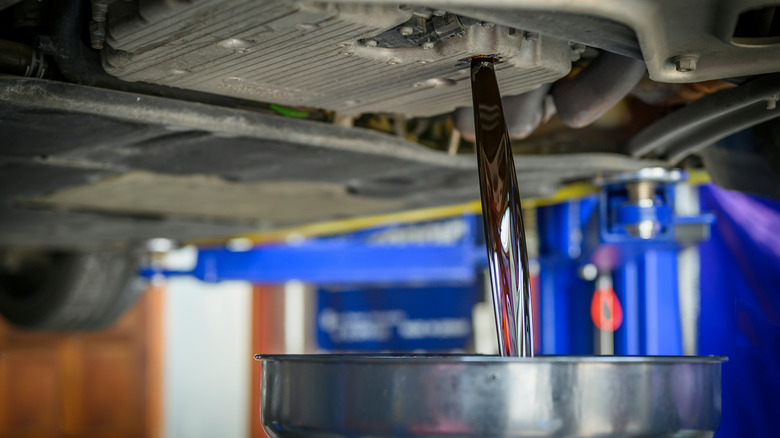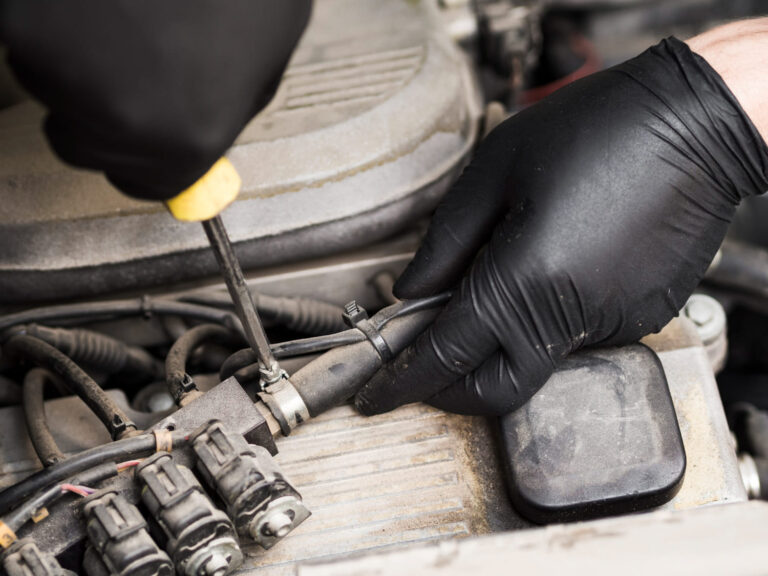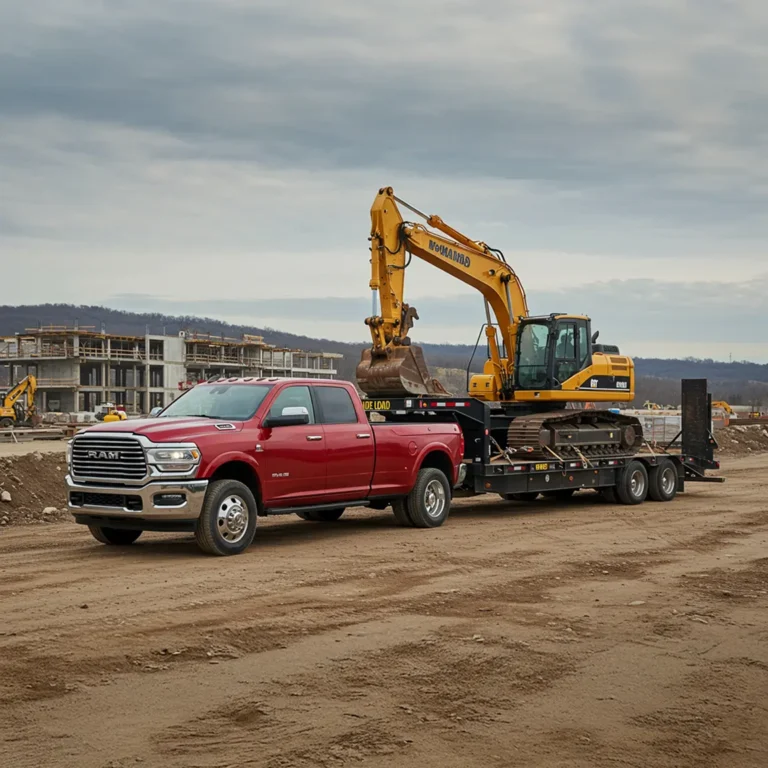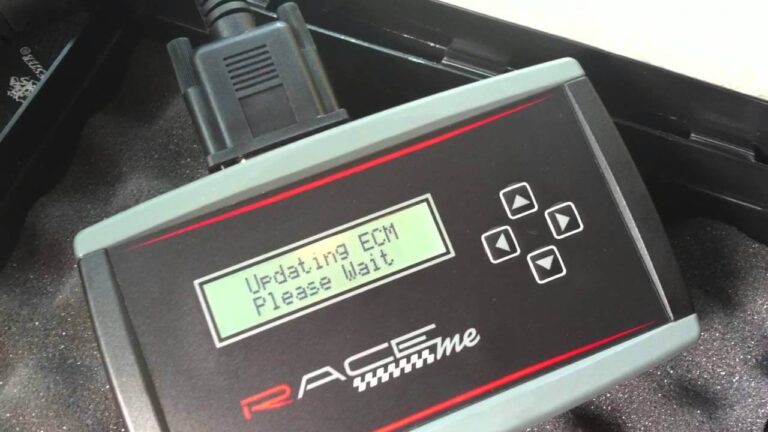When your vehicle begins to act strangely, the cause isn’t always obvious. Many drivers immediately assume it’s the engine or transmission, but there’s another crucial component that often goes overlooked: the torque converter. This part plays a vital role in transferring power from the engine to the transmission. When it starts to fail, you’ll notice a set of warning signs that, if ignored, can lead to costly repairs.
In this guide, we’ll break down the most common torque converter symptoms, why they happen, and how to identify them before they turn into serious problems.
What Is a Torque Converter and Why Does It Matter?
The torque converter is essentially the link between your car’s engine and automatic transmission. Think of it as a fluid coupling that lets your engine keep running while your car is stationary, and then smoothly transfers power as you accelerate. Without it, every stop at a traffic light would stall the engine.
A healthy torque converter ensures:
- Smooth gear changes
- Efficient power transfer
- Reduced strain on the transmission
When the converter wears out or becomes damaged, the entire driving experience suffers. That’s why spotting torque converter symptoms early can save you from expensive repairs down the road.

RaceME Ultra Review for Farmers: The Ultimate Upgrade for Heavy Trailer Work
Most Common Torque Converter Symptoms
If your torque converter starts to fail, you’ll likely notice one or more of these issues. Each symptom is a red flag that shouldn’t be ignored.
Slipping Transmission
One of the clearest torque converter symptoms is a slipping sensation when driving. You may press the gas pedal and notice the engine revs climbing, but the vehicle struggles to accelerate. This happens because the converter isn’t properly transferring power from the engine to the wheels.
Shuddering or Vibrations
Does your car shudder or feel like it’s vibrating at certain speeds? Often described as a “shaky” feeling around 30–45 mph, this is a common sign of torque converter failure. Many drivers mistake it for misfiring spark plugs or bad tires, but it often points back to the converter.
Overheating Transmission
When the converter can’t maintain proper fluid pressure, it causes the transmission to overheat. Most vehicles have a dashboard warning light that indicates high transmission temperature. Ignoring this can lead to severe transmission damage and expensive rebuilds.
Delayed or Rough Acceleration
If your vehicle hesitates before moving forward after shifting into gear, or if acceleration feels rough and uneven, the torque converter could be to blame. This hesitation usually means the internal clutch or bearings are worn out.
Unusual Sounds
A failing torque converter can produce strange noises, including grinding, whirring, or even a faint clunk when shifting gears. While not as obvious as slipping, these sounds are strong indicators of a deeper problem.
Dirty or Contaminated Transmission Fluid
Torque converter issues often show up as dark, contaminated fluid. Healthy transmission fluid should be bright red and smell slightly sweet. If you notice a burnt odor or see black, sludgy fluid, the converter may be overheating or breaking down internally.
Why Do Torque Converter Problems Happen?
Understanding the root cause of torque converter symptoms helps in preventing them. Some of the most common reasons include:
- Low or dirty transmission fluid – Without proper lubrication, heat builds up and damages the converter.
- Worn clutch surfaces – The lock-up clutch inside the converter eventually wears down, leading to slipping and shuddering.
- Overheating from heavy loads – Towing, hauling, or aggressive driving can push the converter beyond its limits.
- Age and wear – Like any mechanical component, torque converters degrade over time.
How to Diagnose Torque Converter Issues
If you suspect a failing converter, here’s how you can narrow it down before visiting a mechanic:
- Check transmission fluid – Inspect its color, smell, and level. Burnt or dark fluid is a warning sign.
- Pay attention to driving behavior – Keep track of when slipping, shuddering, or hesitation occurs.
- Listen carefully – Grinding or whining noises often intensify under load.
- Look for overheating – If the transmission temperature light comes on, stop driving and let it cool.

How Often Should You Do a Transfer Case Fluid Change? Expert Tips For Cummins Owners
Preventing Torque Converter Failure
Prevention is always better than repair. Here are a few tips to extend the life of your torque converter and transmission:
- Regular fluid changes – Fresh fluid prevents heat buildup and keeps the converter lubricated.
- Install an auxiliary cooler – If you tow heavy loads, an extra transmission cooler can reduce overheating.
- Install an auxiliary cooler – If you tow heavy loads, an extra transmission cooler can reduce overheating.
- Schedule routine checkups – Have your transmission inspected during regular service intervals.

RaceMe ULTRA Diesel Tuner
- +200 HP Performance Boost
- Real–Time Monitoring & Tuning
- Easy Plug & Play Install + Updates Free
- DPF/EGR/DEF Delete Options
- Works with RAM 2500 & 3500





